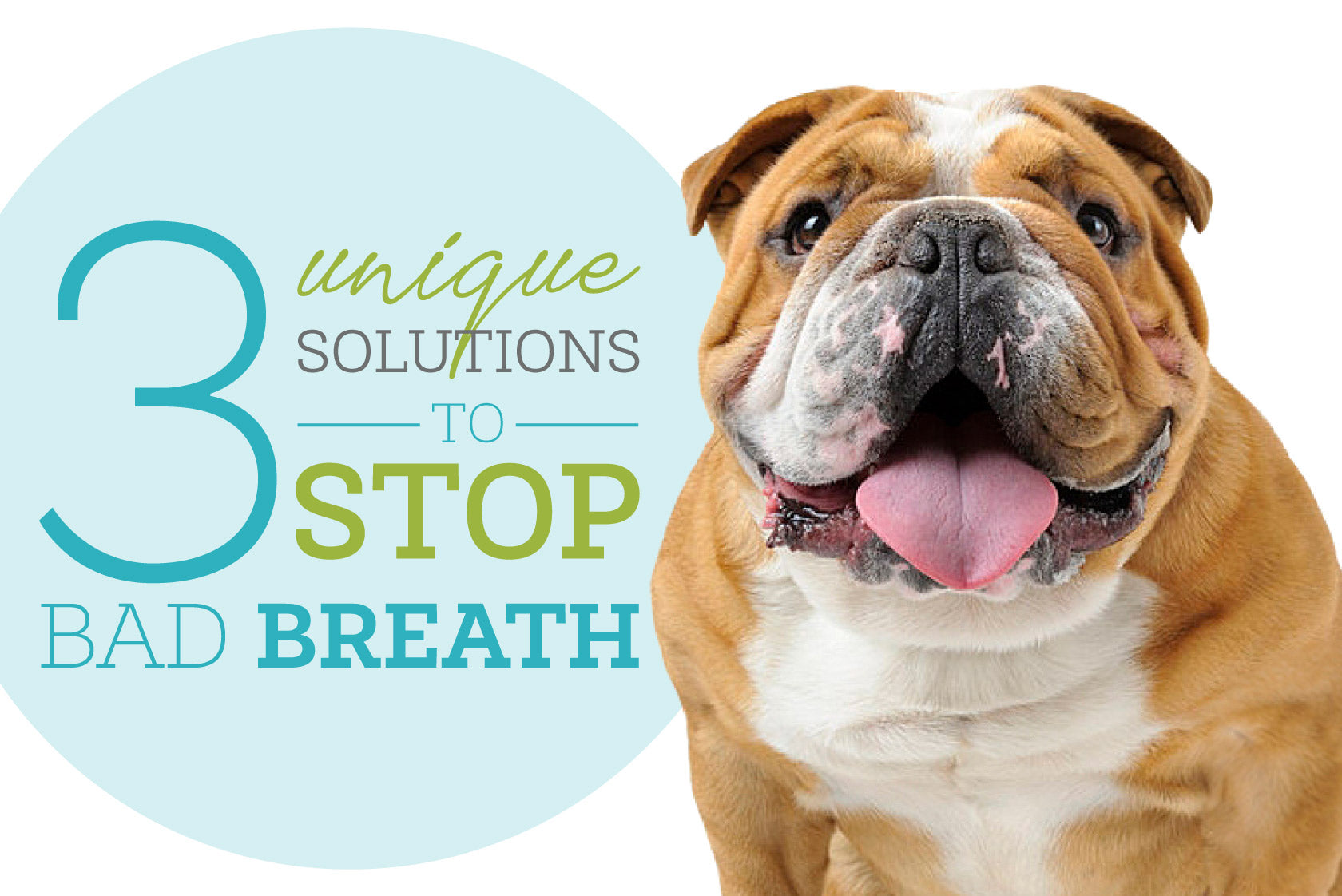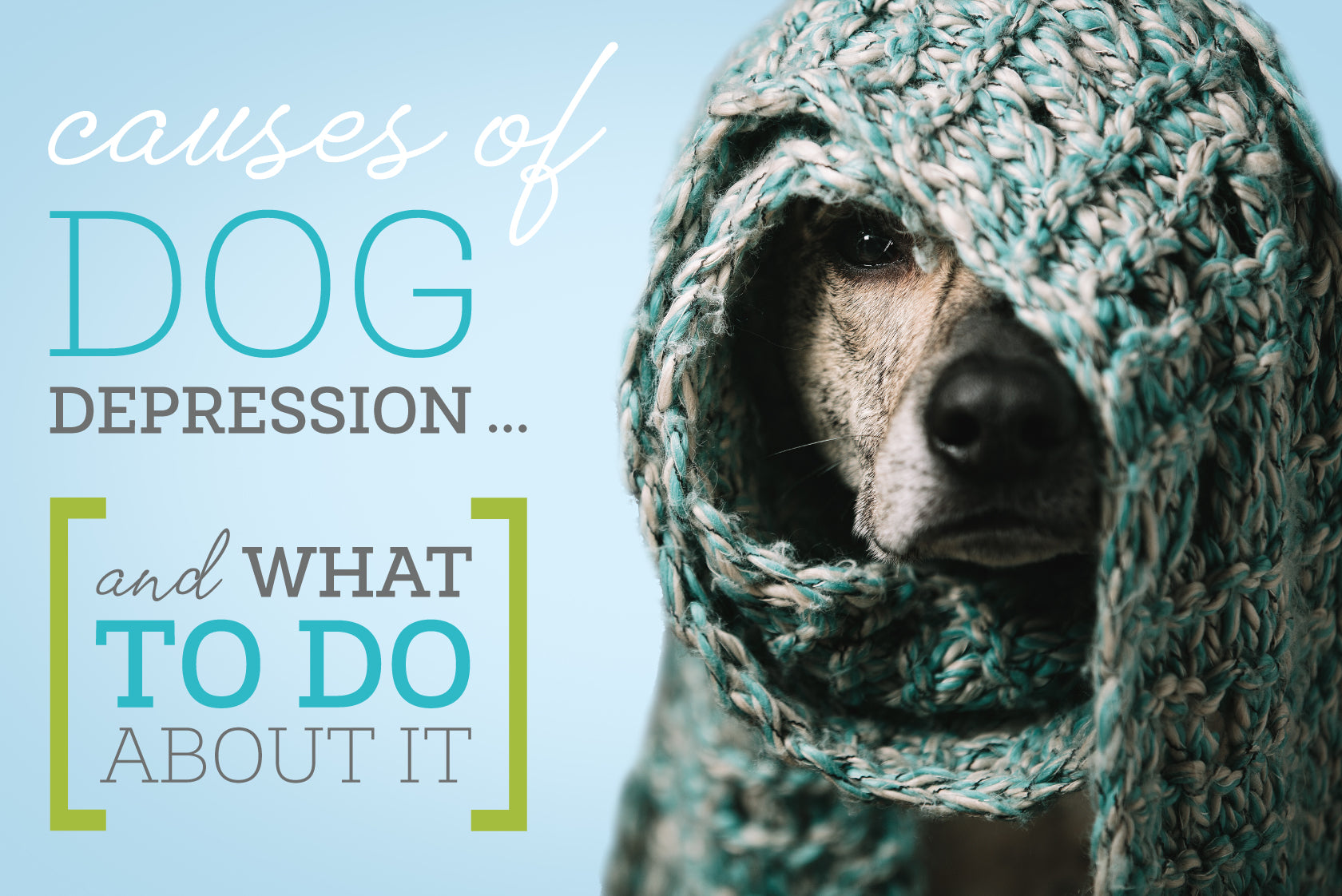As part of a dog’s grooming schedule, regular teeth cleaning should be top of the list.
Studies have shown that once weekly tooth brushing has little, if no impact, on reducing buildup in the mouth. For that reason, many professionals recommended picking up that toothbrush at least 2-3 times per week for your dog.
But why?
Many owners believe that the food Fido eats, along with specific chews, are enough to keep his teeth in tip-top condition. Unfortunately, that isn’t the case. If it were, periodontal disease wouldn’t be the most common clinical condition found in dogs.
Periodontal disease starts when bacteria found in the dog’s mouth forms a substance called plaque (you’ve probably heard about this from your own dentist). This plaque sits on the surface of the teeth, and when mixed with saliva, it forms tartar. Along with sitting on the teeth, plaque and tartar seep into the gum lines, resulting in inflammation. This will eventually lead to receding gum lines and tooth loss.
The only way to prevent this is by regular tooth brushing. So, what does great dog dental hygiene look like?
2–3 cleaning sessions a week, water additives and specific chews? We hear your cries of wonder from here. Let’s start with getting Fido used to a toothbrush.
Getting Your Dog Used to a Toothbrush
The younger you introduce teeth cleaning, the less stressful it will be for both human and dog.
Buy a toothbrush and just let Fido sniff and explore it. You can even put the toothpaste on the brush and let the dog lick it. That way he’s not taken off guard when it’s time for tooth brushing.
Tip
Never use human toothpaste on your pet. Human toothpaste often contains xylitol, a sugar-free sweetener, which is toxic to dogs and can be fatal. Human toothpaste also contains fluoride which, again in large amounts, is toxic to dogs.
Always use a high-quality toothpaste specifically formulated for dogs.
How To Start Brushing Dog’s Teeth?
Introduce teeth brushing in short bursts to start with, perhaps only a couple of seconds initially, slowly increasing the time spent brushing and the frequency. Stay calm and praise your dog throughout the process. When you have finished, reward Fido with a high-quality treat or chew. You could opt to use a dental chew for double the effectiveness.
We need our dogs to learn that tooth brushing isn’t that big of a deal – that it’s always a positive experience. That’s why the reward at the end is important.
We know that dogs learn through operant conditioning. When something positive happens, they are more likely to repeat the behavior and be relaxed. The behavior you are asking for here is for Fido to stay calm while you brush his teeth. Through positive reinforcement when he does stay calm, he is more likely to repeat the behavior when you bring out that toothbrush.
What’s the Teeth Brushing Routine for Dogs?
Spend a couple of minutes brushing his teeth, 2–3 times per week. Get into a routine. You may do it first thing in the morning or last thing at night. Just like humans, dogs like routine. This will ensure you stick to cleaning his teeth.
By regularly brushing his teeth, you can also monitor Fido’s oral development.
Puppies will have 28 teeth by the time they are 8 weeks old. Between 3–4 months old, their adult teeth will start to erupt, and you will notice baby teeth around the house where they have fallen out.
Sometimes, adult teeth will erupt without the baby teeth falling out, leading to dental overcrowding. This is particularly common in small and toy breeds, which is why periodontal disease is so common in these breeds. Overcrowding causes trauma to the teeth and soft tissues.
Through regular brushing you will notice if his baby teeth are falling out and adult teeth are forming as they should.
You can also check his bite. A typical bite for a dog should be a scissor bite where the lower canines sit on the outside of the gum line, in front of the upper canines. An abnormal bite can lead to painful ulcers in the mouth.
We’ve mentioned the importance of removing bacteria from Fido’s mouth for the health of his teeth, but it also plays a part in keeping the rest of his body fit too!
Bacteria moves!
Without regular brushing, bacteria can build up in Fido’s mouth and be released into the rest of his body. The same bacteria have been found in the circulatory system in dogs, ultimately damaging cardiac tissue, resulting in endocarditis. In short, bad teeth have been linked to infection and inflammation in the heart. Studies have also shown a link between periodontal disease and insulin resistance and kidney and liver issues.
What If I Just Can’t Get Fido to Accept Me Brushing His Teeth?
In an ideal world, a toothbrush is the tool of choice to keep your dog’s oral health in tip-top condition.
However, it is possible to rid the mouth of some bacteria with some gauze. If you are able, wrap some gauze around your finger and wipe Fido’s teeth. It’s not the most effective strategy, but it’s better than nothing. Make sure you still use high-quality toothpaste specifically formulated for dogs.
Also, keep in contact with your veterinarian. They can carry out dental treatments, whether it be cleaning or removal of diseased teeth.
How Do You Brush an Older Dog’s Teeth?
If you have an older dog, visit your veterinarian before you start brushing his teeth.
You need to know what you’re dealing with. If Fido already has diseased gums or teeth, brushing them may be painful and it won’t be a positive experience.
These can be signs of disease in the mouth:
- Watch him eating, is he struggling to eat?
- Is he avoiding eating completely?
- We all know the joy of “dog breath,” but is Fido’s breath particularly rancid?
Halitosis (bad breath) is caused by bacteria in the mouth, giving off foul-smelling gases. It is one of the first stages in gingivitis. Here you will notice changes in gum color and inflammation. The gums will often bleed on contact. Gingivitis can be reversed through teeth cleaning, but if left, it leads to periodontal disease.
Fido may need a veterinarian to remove the buildup so far. This gives you a better chance of maintaining at-home dental care with the suggested brushing frequency and schedule above.
Along with dental appointments and regular tooth brushing or gauze brushing, the food you feed to your pet can also support tooth health.
Here are a couple of additional solutions:
- Water Additives
- Dry Kibble
Dry kibble is more abrasive than canned food, which can be beneficial for removing plaque. However, specially manufactured dental food has been known to reduce plaque and gingivitis by 39% and 36% respectively when compared with a typical dry food.
Studies have also shown that adding one dental chew per day to a dog’s diet results in a statistically significant reduction in plaque and tartar accumulation, along with improved mouth odor. Regular chews also reduce occasions of professional intervention.
Summary
While it may be the most common clinical condition in dogs, periodontal disease is completely preventable by following a great dental hygiene routine for your dog.
Introducing teeth cleaning from a young age will make it the least stressful for both human and dog as possible.
Remember to start slowly, let him explore and sniff the toothbrush and toothpaste. If the toothbrush is difficult to accept at first, wrap some gauze around your finger. Praise throughout, and reward when you have finished.
Not only does regular brushing keep his mouth healthy, but the rest of his body too!
Schedule regular checkups with the veterinarian, just in case Fido does need a dental cleaning. Watch for problems eating or particularly foul-smelling breath. Get into a routine and consider the food and treats you are feeding Fido and whether they are beneficial in maintaining his dental hygiene.
Author Bio
Article by John Woods a member of the APDT (“Association of Professional Dog Trainers”) chief editor at All Things Dogs; a digital dog publication.




